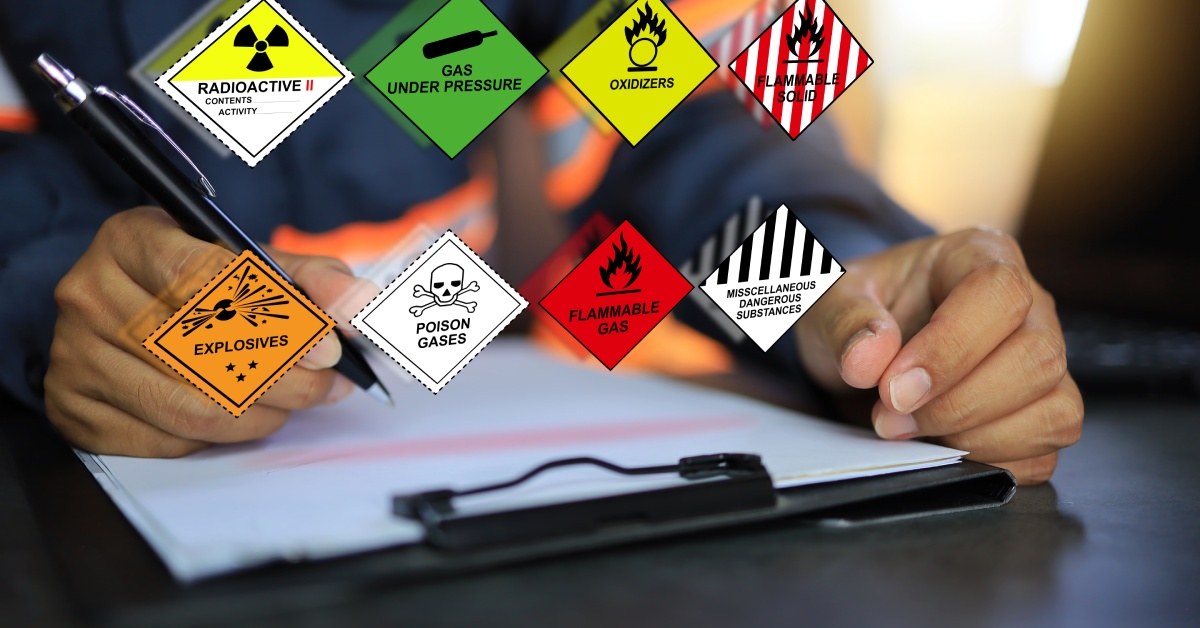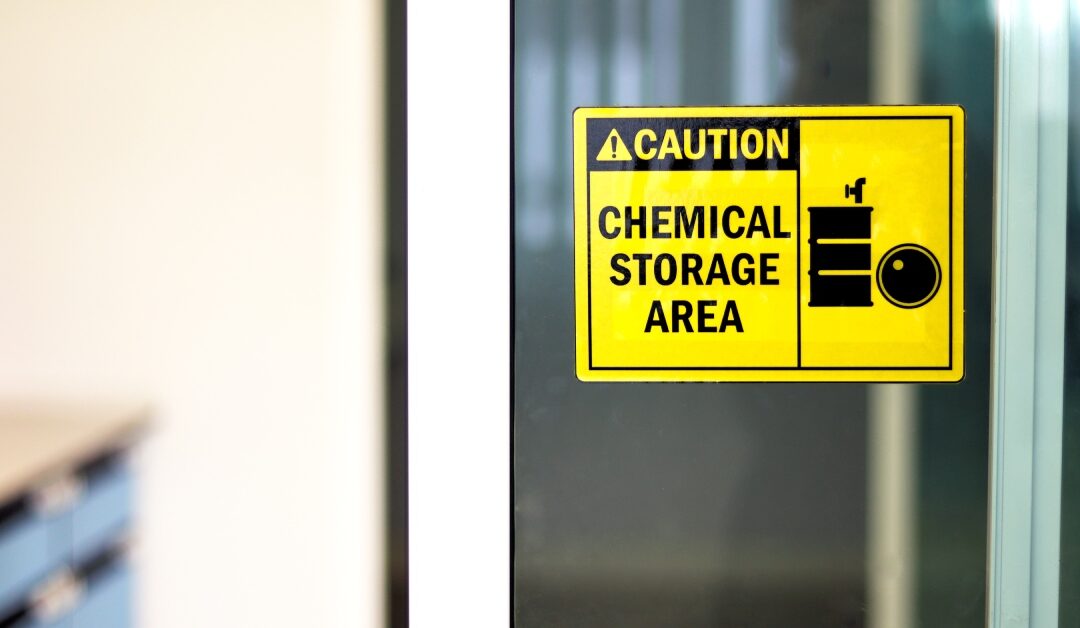Safely storing solvents is essential for businesses across various industries. Mishandling these substances poses significant health risks, contributes to environmental pollution, and leads to financial losses through wasted materials and potential fines. Understanding the correct storage practices ensures safety, efficiency, and regulation compliance. Today, let’s explore the dos and don’ts of storing chemical solvents for deeper insight.
Understanding Chemical Solvents
Chemical solvents support numerous industries, including manufacturing, pharmaceuticals, and research. These substances can dissolve, suspend, or extract other materials without chemically altering them. The two main categories of chemical solvents include organic solvents, such as acetone and benzene, and inorganic solvents, like water and ammonia.
Industries utilize these solvents for cleaning, thinning, and as reaction mediums. Given their widespread application, chemical solvents require careful handling and storage to mitigate associated risks.
For example, organic solvents have flammable and volatile properties, which require stringent safety measures to prevent fires or explosions. Additionally, exposure to certain solvents can lead to health issues, such as respiratory problems.
The Dos of Storing Chemical Solvents
Storing chemical solvents correctly involves several essential practices. Here are safe strategies to follow:
Proper Storage
Chemical solvents should reside in a cool, dry, and well-ventilated area to prevent reactions and remain stable. Temperature-controlled environments are ideal for storing volatile substances that may react with heat or fluctuate in temperature.
Ventilation in the storage space helps to disperse vapors while reducing the risk of accumulation and potential ignition. Storing solvents away from reactive agents, such as acids or bases, reduces the chance of dangerous reactions.
Labeling and Documentation
When storing chemical solvents, you shouldaccurately label all containers.Labels should include chemical names, hazard symbols, and relevant handling instructions. Maintaining an updated inventory and making material safety data sheets (MSDS) ensures employees can access necessary information about each solvent.
Transparency aids in emergencies, allowing quick identification and response to potential hazards. Moreover, documentation reinforces your company’s commitment to safety.

Use Appropriate Containers
The stored chemical solvents should be compatible with their containers and not undergo chemical reactions. For instance, storing acidic solvents in metal containers may lead to corrosion, so glass or plastic are better options.
You should seal containers to prevent leaks and evaporation. Over time, even minor leaks can pose significant health risks and environmental damage. Regular inspection of container seal integrity ensures solvents remain contained.
Regular Inspection and Maintenance
Conduct routine checks for leaks, corrosion, or damage to enhance solvent storage safety. By identifying and addressing issues early, you can prevent accidents and maintain compliance with industrial safety standards.
Replace damaged containers immediately to avoid spills or contamination. Regularly maintain storage areas and containment systems to keep them in optimal condition and reduce the risk of solvent exposure or mishandling.
The Don’ts of Storing Chemical Solvents
Avoiding improper storage practices is just as important as following best practices. Here are some things to steer clear of:
Improper Mixing and Storage
Avoid storing incompatible substances together in order to prevent dangerous chemical reactions. Mixing solvents without understanding their potential interactions can ignite fires, cause explosions, or release toxic gases. Do not overfill containers, as this heightens the risk of spills and weakens the container’s integrity.
Careful planning and segregation of chemicals significantly reduce the chance of adverse reactions and enhance workplace safety. Additionally, training employees on proper storage techniques guarantees they understand how to manage solvents safely.
Ignoring Safety Protocols
Ignoring safety gear and procedures puts employees at risk and undermines workplace safety efforts. For instance, storing solvents near heat sources or direct sunlight can lead to increased volatility and potential ignition. Employees should always use personal protective equipment (PPE) deemed appropriate by management when handling solvents.
Neglecting Legal and Regulatory Requirements
Non-compliance with local and federal regulations regarding chemical solvents can lead to hefty fines, legal battles, and reputational damage. Occupational Safety and Health Administration (OSHA) standards and Environmental Protection Agency (EPA) guidelines set clear expectations for storing, labeling, and disposing of chemical solvents.
For example, OSHA requires proper labeling of hazardous chemicals and mandates using safety data sheets to inform employees about potential risks and safe handling procedures. On the other hand, the EPA enforces regulations on hazardous waste disposal to prevent environmental contamination.
Compliance prevents penalties and guarantees the safety of employees and the environment. Business owners and managers must stay informed about relevant regulations and ensure their practices align with these standards.

Safety Tips for Handling Solvents
Handling solvents starts with adhering to safety guidelines. Equip yourself with PPE such as gloves, goggles, and lab coats to shield against potential exposure. Clearly outline emergency procedures, and communicate them to all staff members to ensure a swift response during a spill or exposure. If an incident occurs, act quickly to contain and mitigate the situation while minimizing risks to health and safety.
Regular training sessions reinforce safety practices and equip employees with the skills to respond to emergencies. These sessions should cover the proper usage of PPE, steps for handling spills, and methods for reporting incidents. By consistently practicing these drills, employees develop a reflexive understanding of safety protocols, which greatly enhances their ability to handle real-world emergencies.
The Importance of Solvent Recycling
Integrating solvent recycling practices offers both environmental and financial advantages when storing chemical solvents. By reusing solvents, business leaders can reduce waste and lessen their environmental footprint. Additionally, recycling decreases disposal fees and the need to purchase new solvents, leading to substantial cost savings.
The Connection Between Solvent Storage and Recycling
Chemical solvent storage plays a major role in enhancing solvent recycling efforts, as it ensures the preservation of solvent quality and supports effective recycling processes. By following proper storage practices, you can prevent contamination and degradation of solvents and enable efficient recovery and reuse.
Solvent recycling reduces hazardous waste generation and minimizes the need for new solvent production. Businesses can achieve more sustainable and eco-friendly operations through diligent storage and recycling practices.
Implementing a Recycling Program
Kickstart your solvent recycling program by evaluating the types and volumes of solvents your business utilizes. Then, invest in solvent recovery equipment from Solvent Waste Management to handle in-house recycling.
Solvent Waste Management’s excellent equipment streamlines recycling operations and enhances your sustainability efforts while reducing waste and cutting down on the costs of new solvent purchases.
Conclusion
Adhering to proper storage and handling practices for chemical solvents is essential for maintaining a safe and compliant workplace. By understanding the dos and don’ts of solvent storage, business leaders protect their employees, the environment, and their bottom line.
Implementing a solvent recycling program further enhances sustainability efforts and reduces costs. Commitment to safety and responsibility strengthens your organization’s reputation and fosters a culture of awareness and preparedness.

